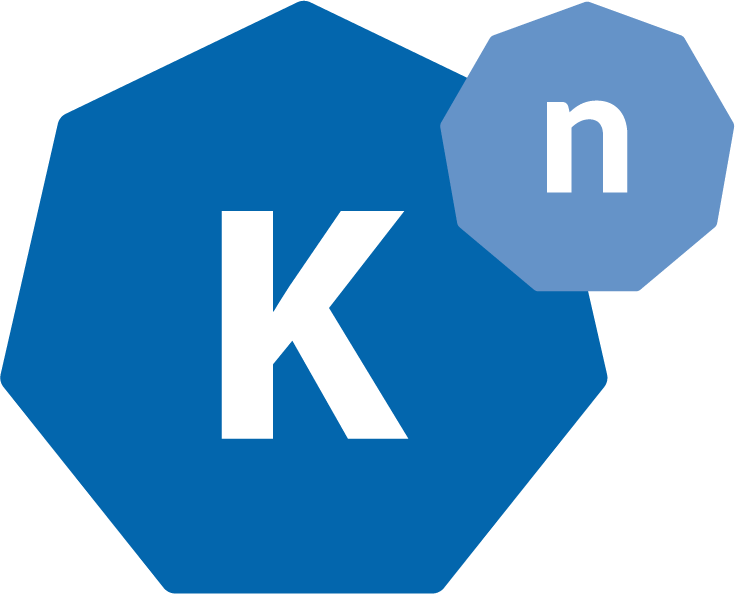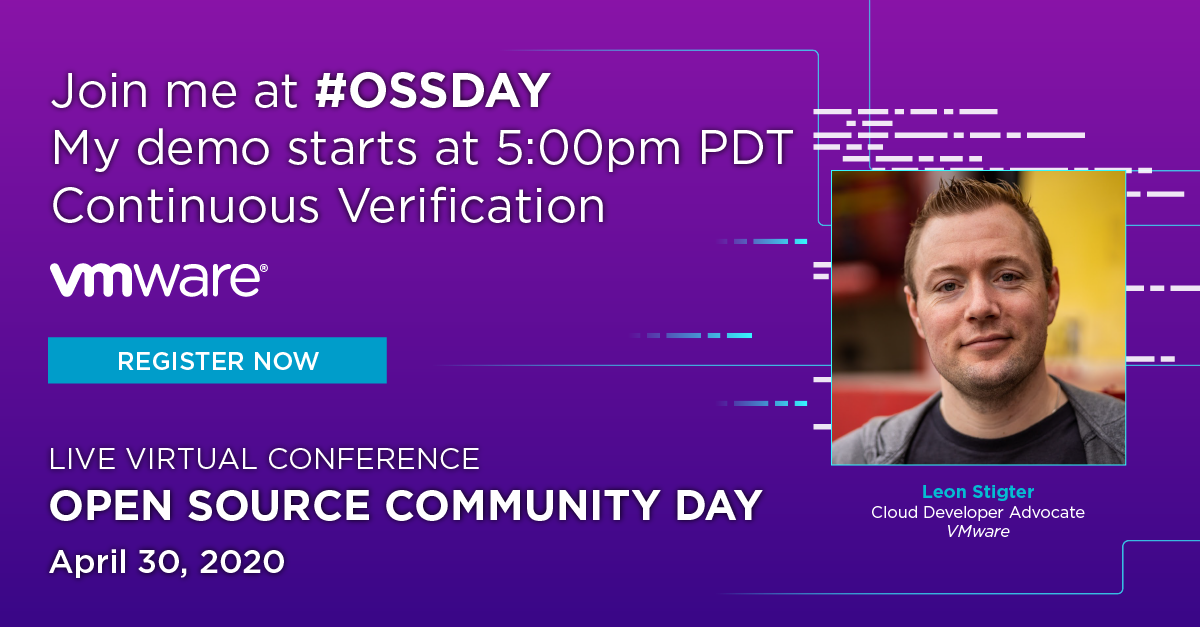
How to set up a local Knative environment with KinD and without DNS headaches
Discover seamless app development with Knative on Kubernetes! Abstract away complexities, focus on value delivery. Learn to set up a lightweight environment and deploy modern apps effortlessly.
Knative builds on Kubernetes to abstract away complexity for developers, and enables them to focus on delivering value to their business. The complex (and sometimes boring) parts of building apps to run on Kubernetes are managed by Knative. In this post, we will focus on setting up a lightweight environment to help you to develop modern apps faster using Knative.









